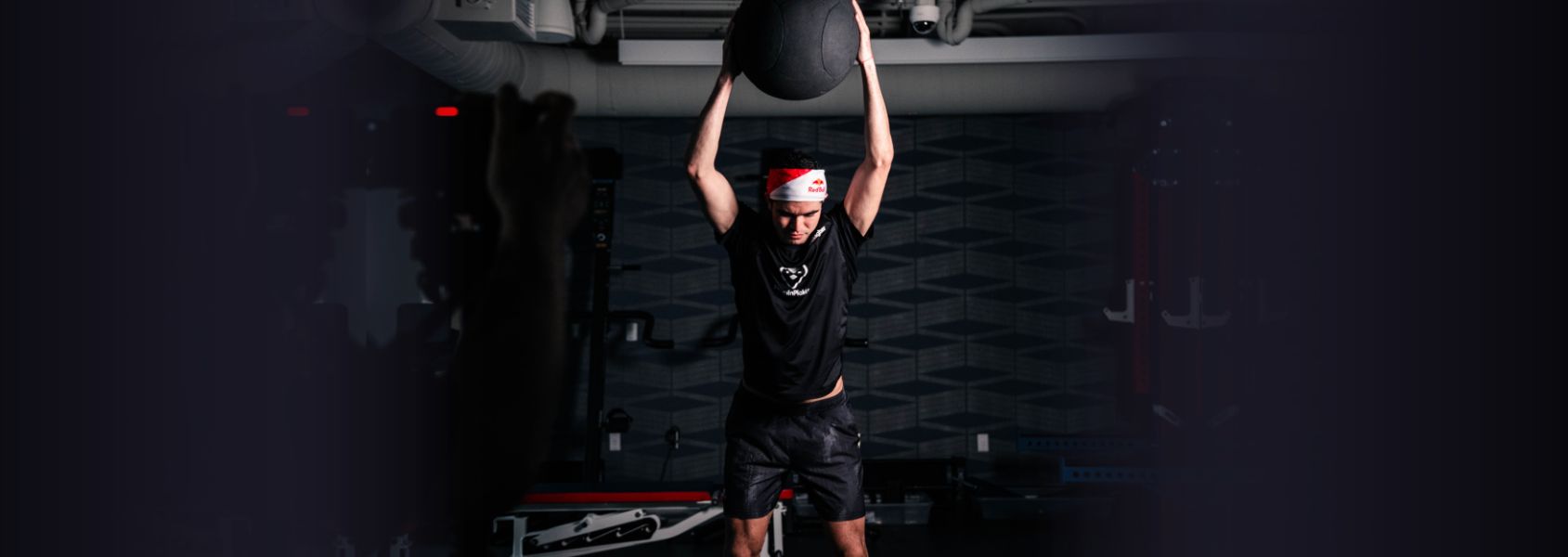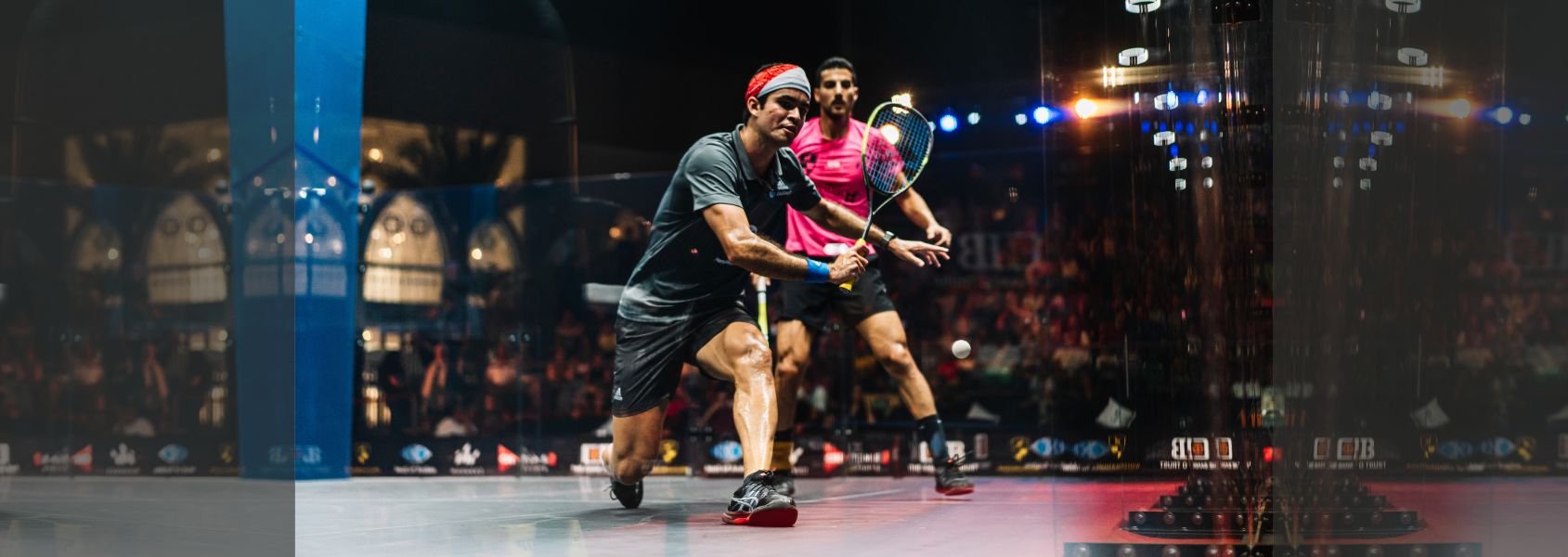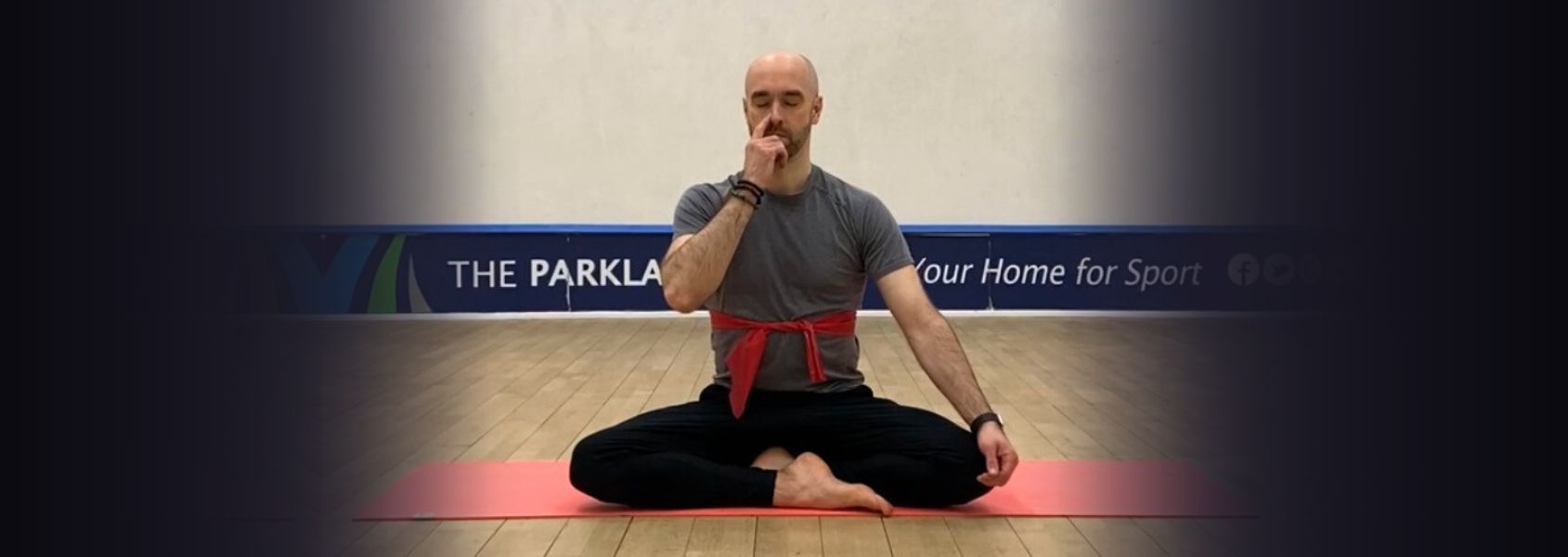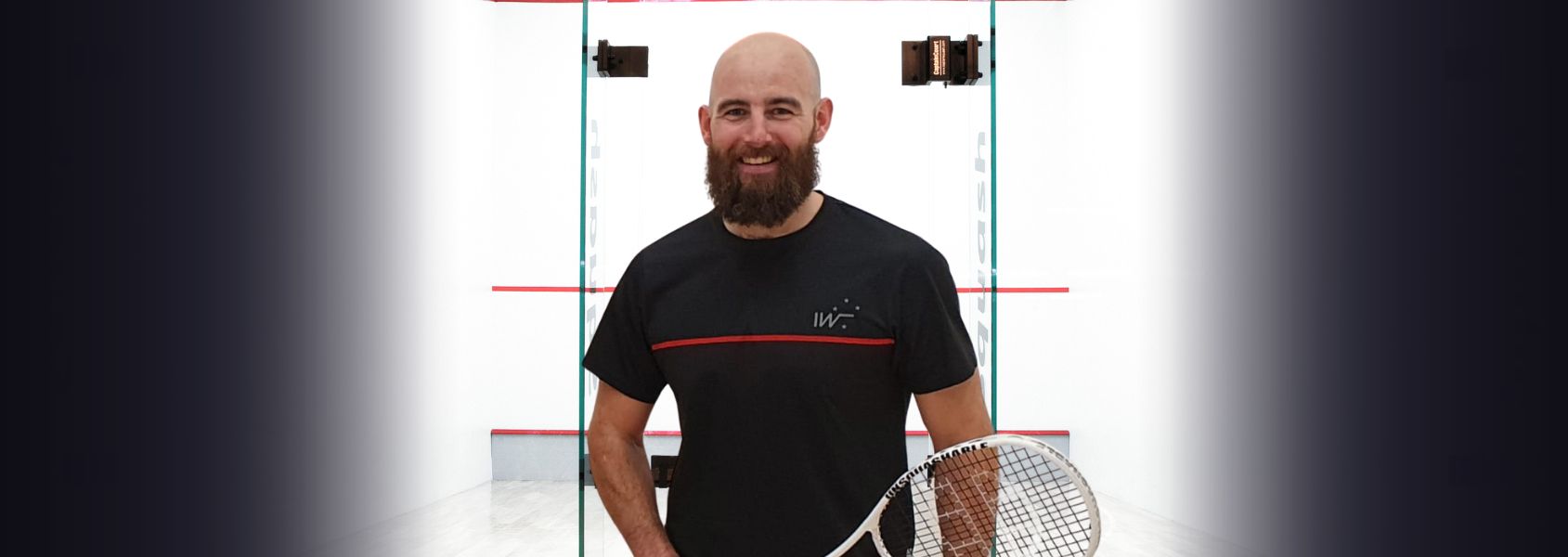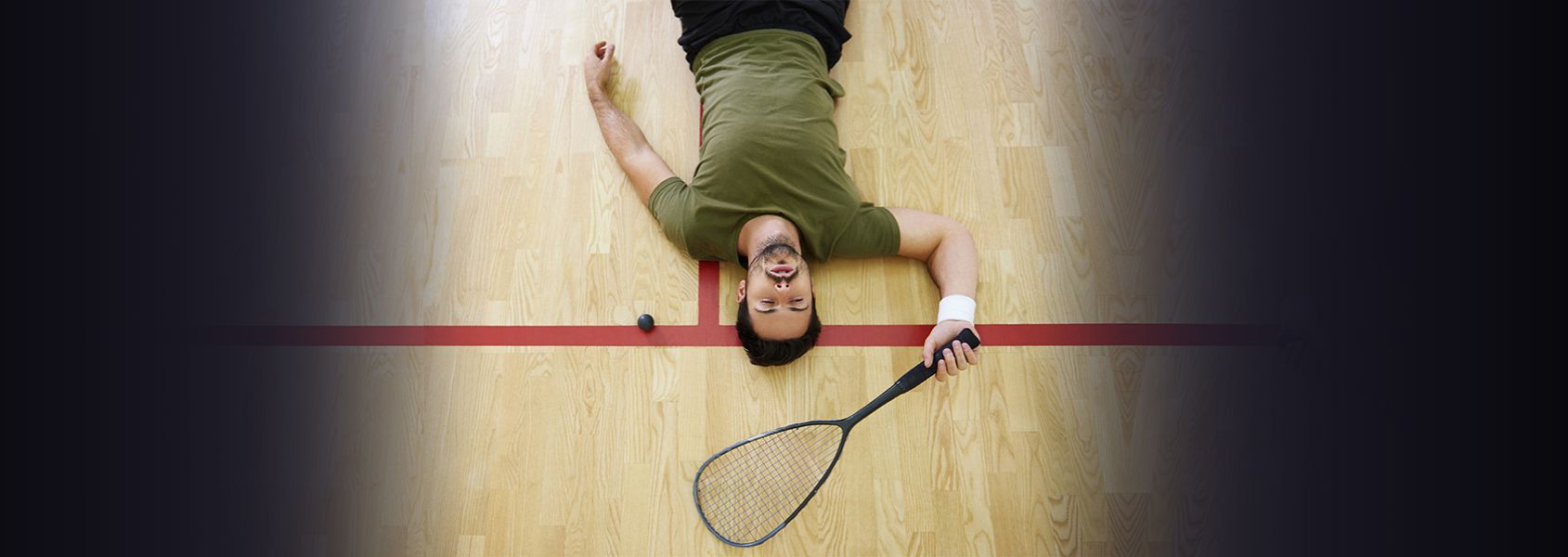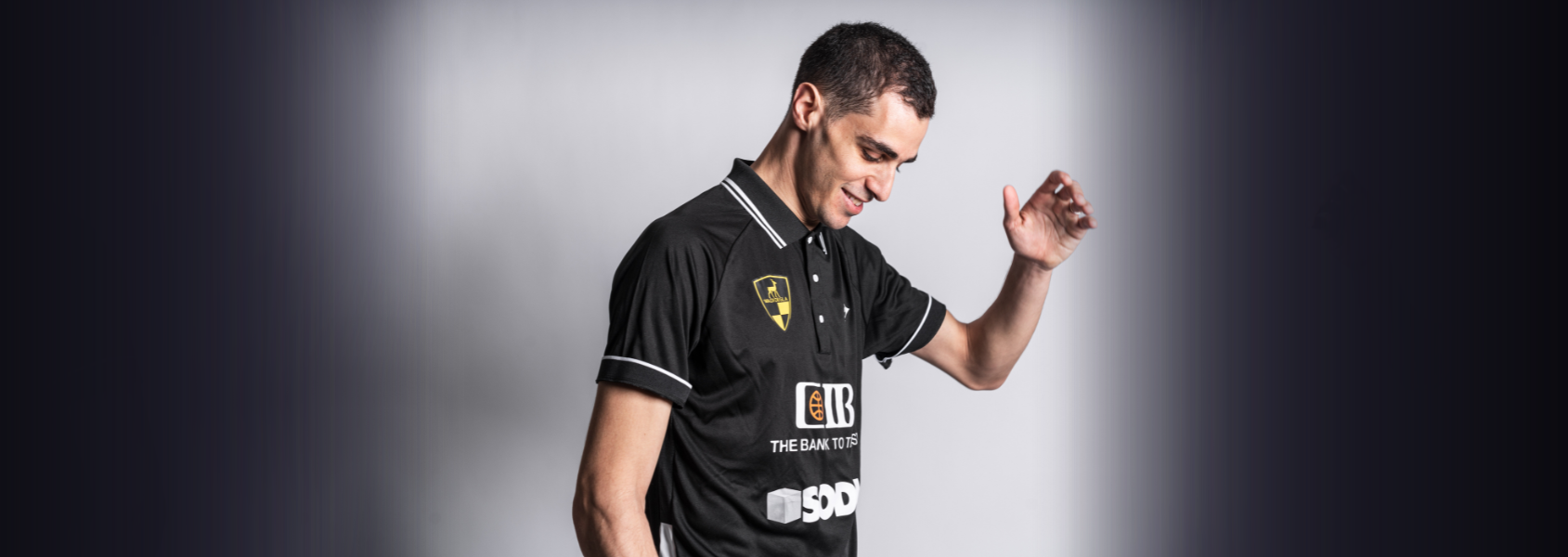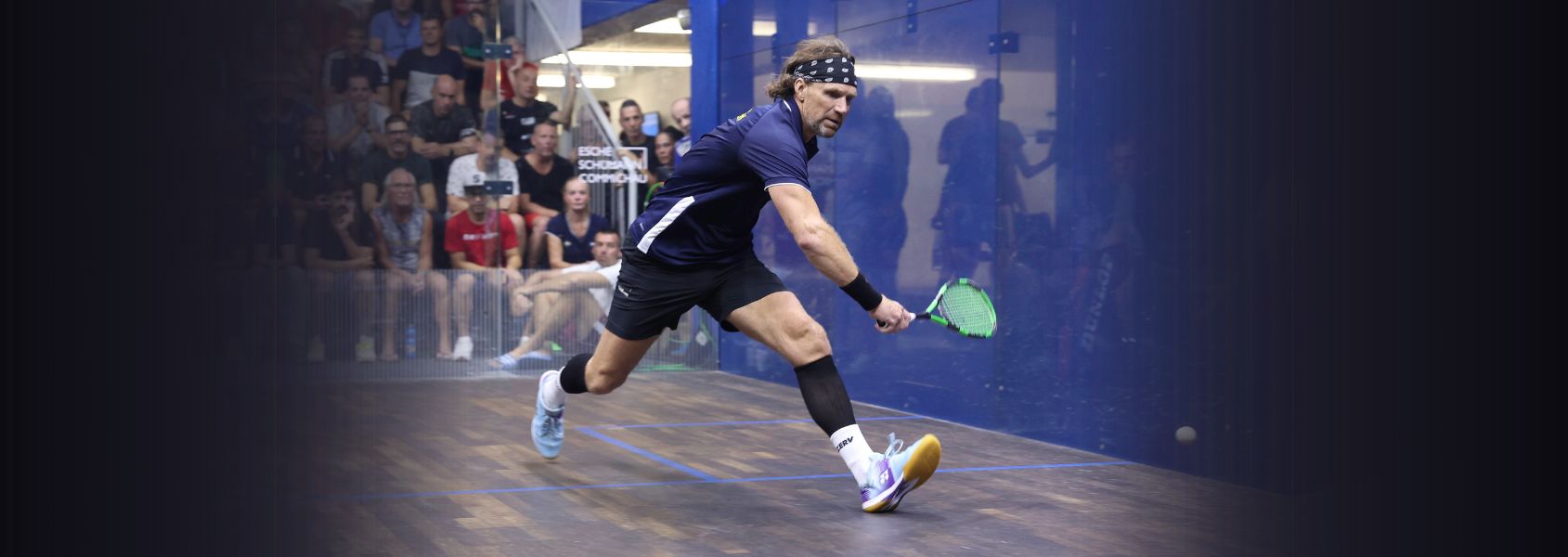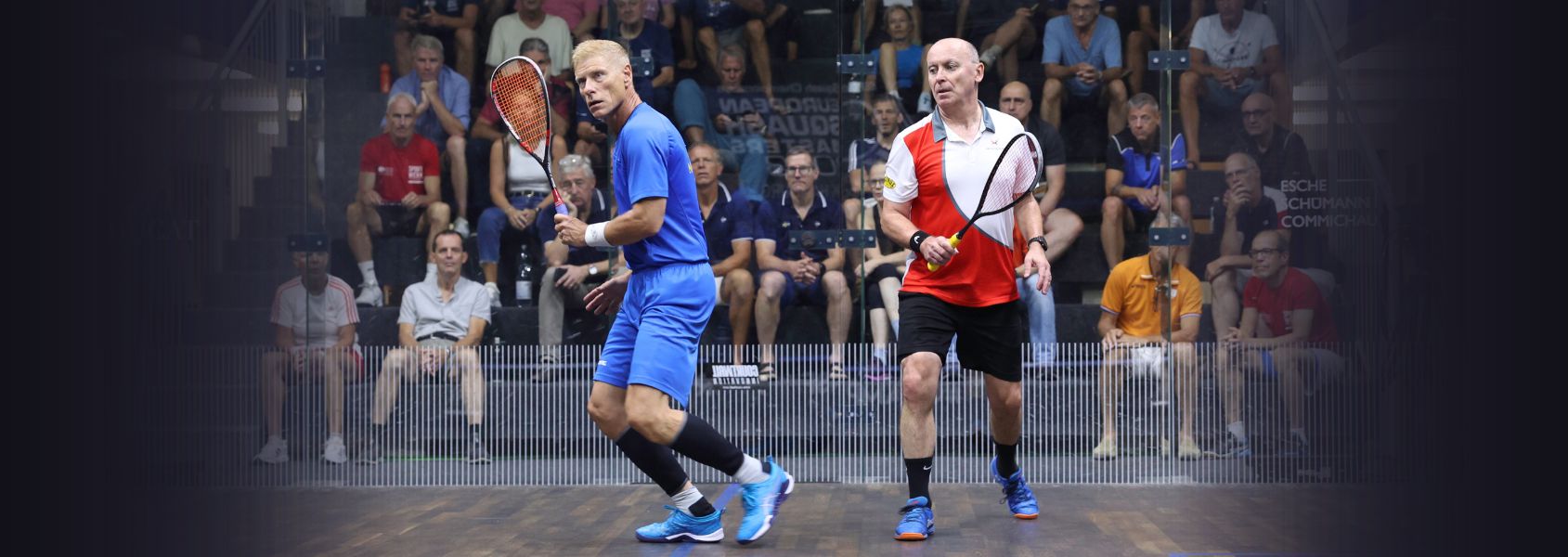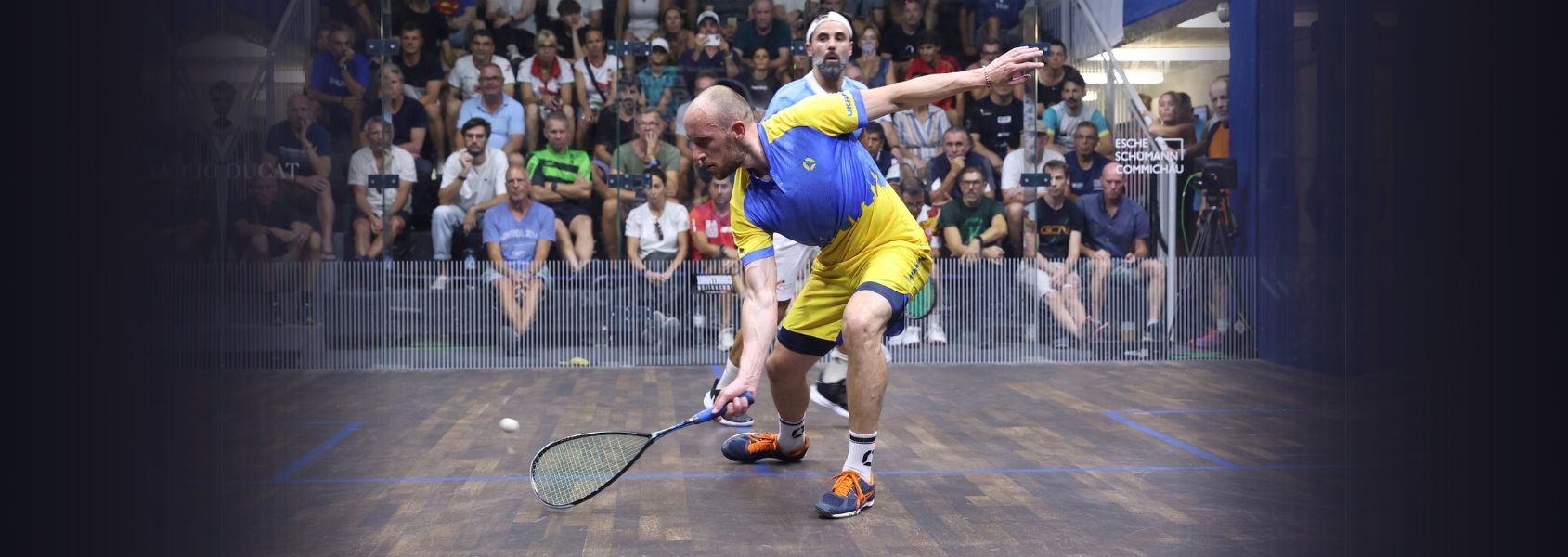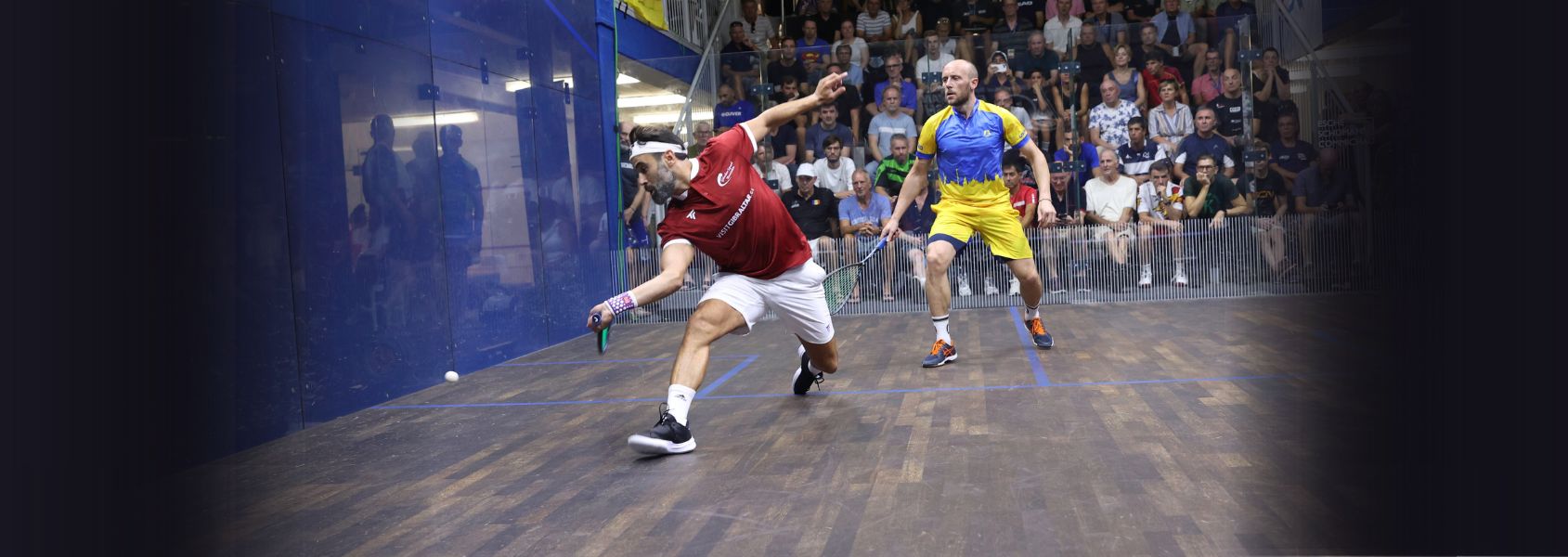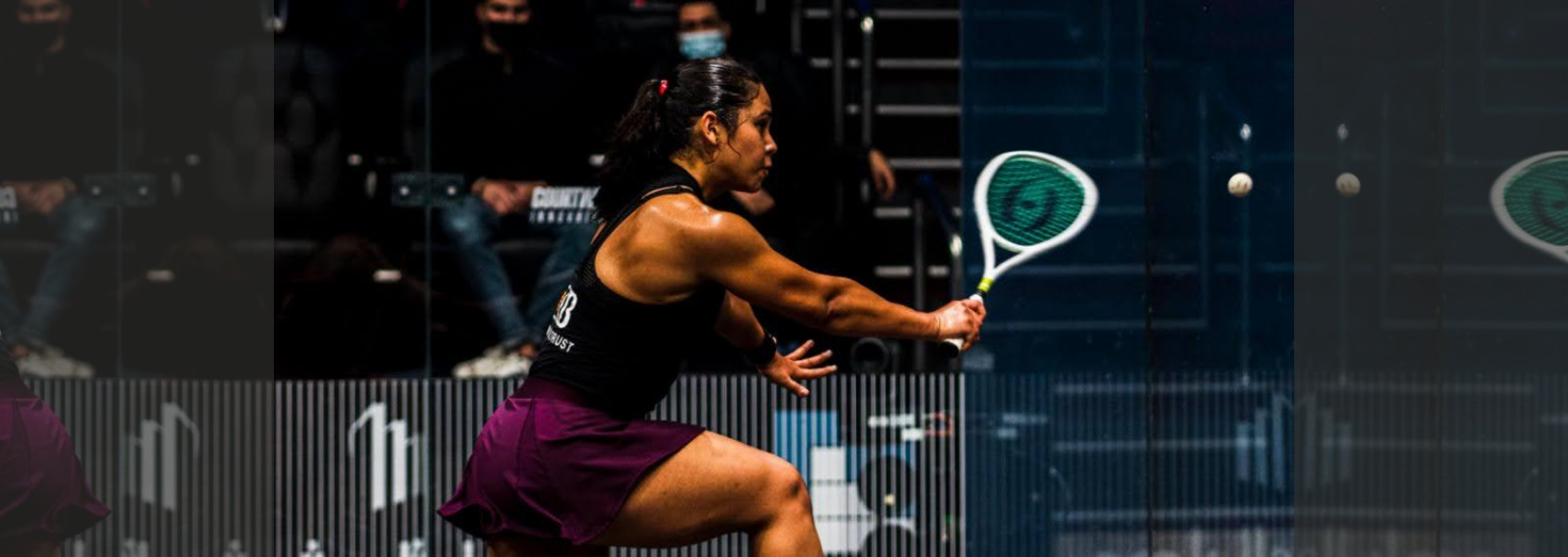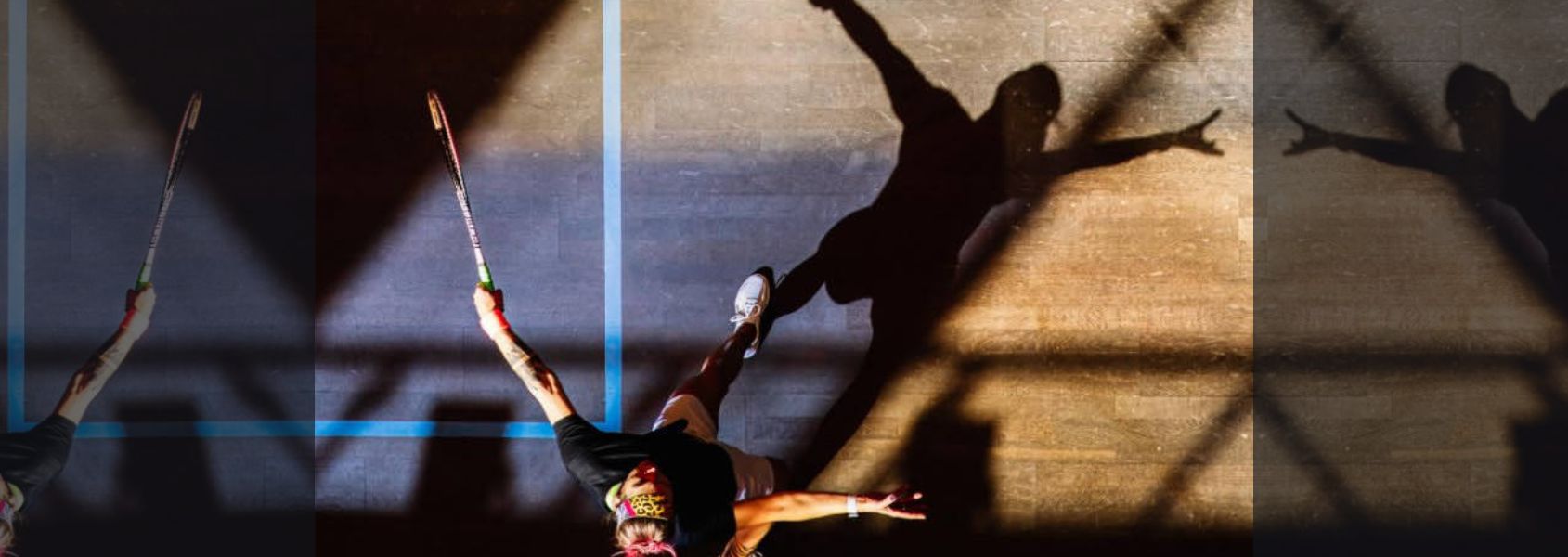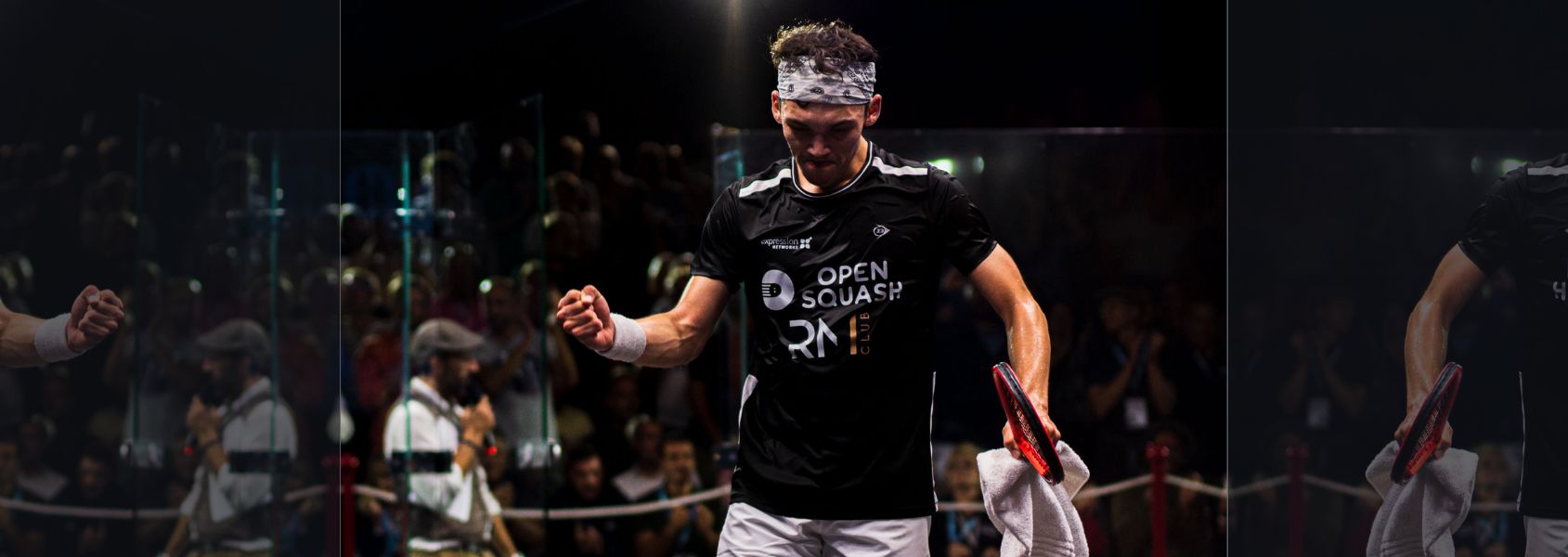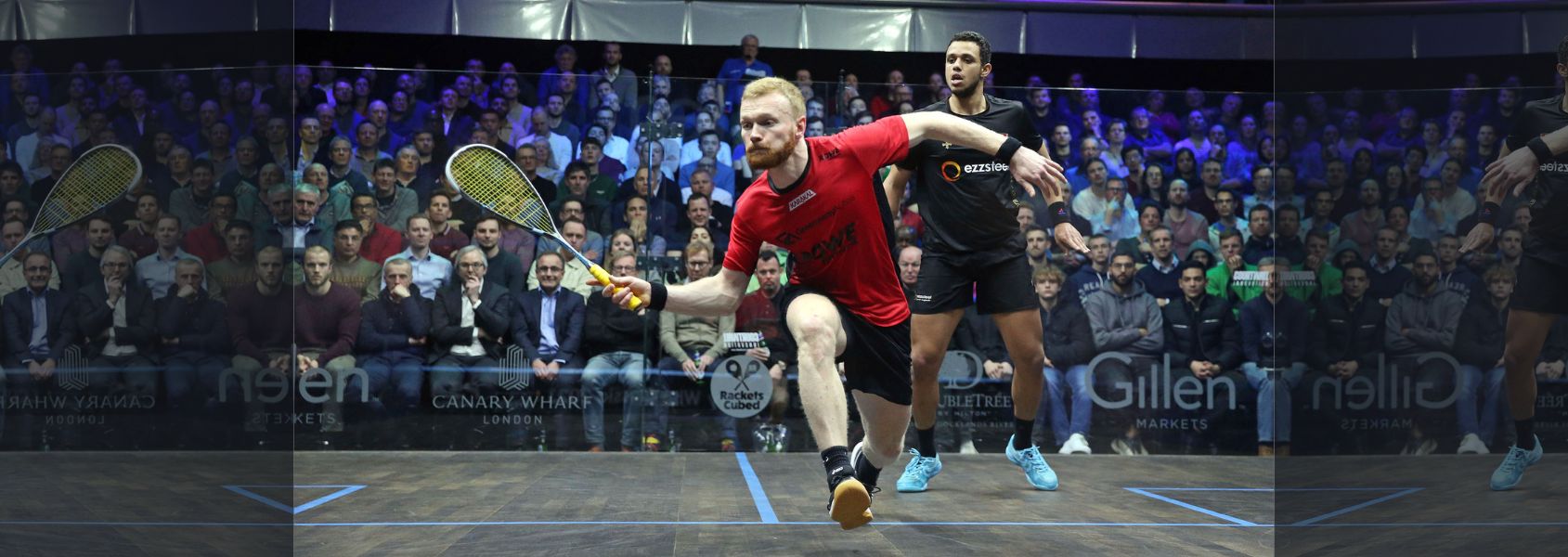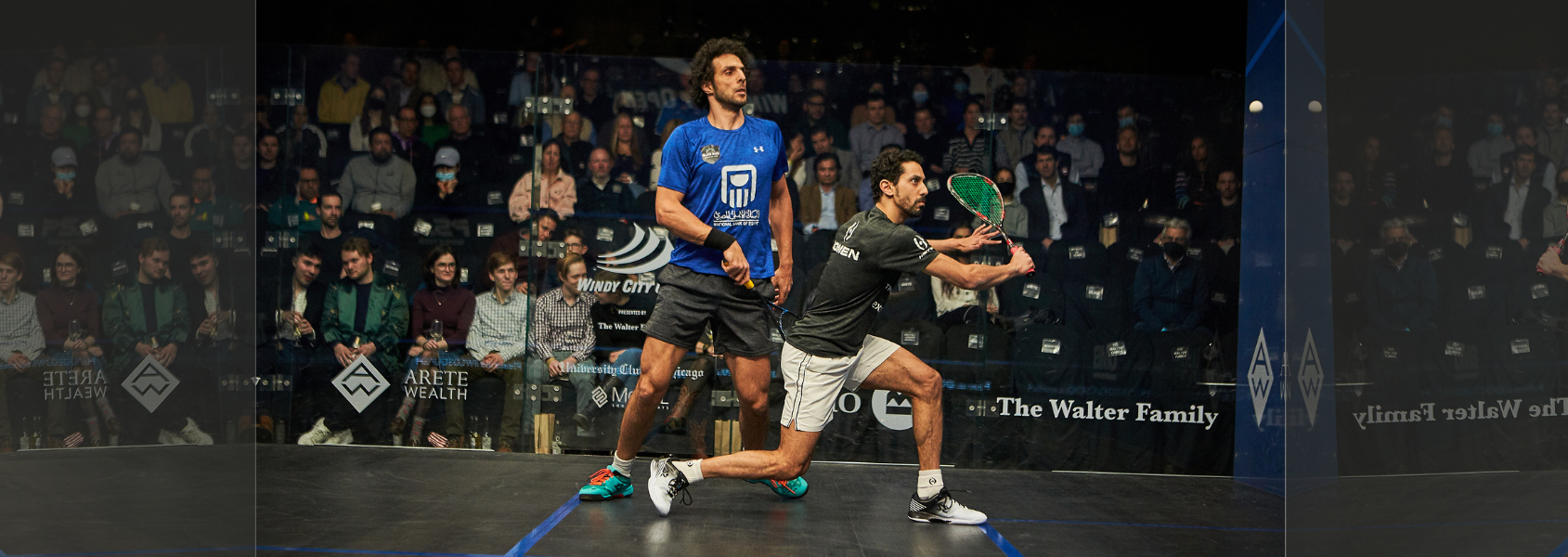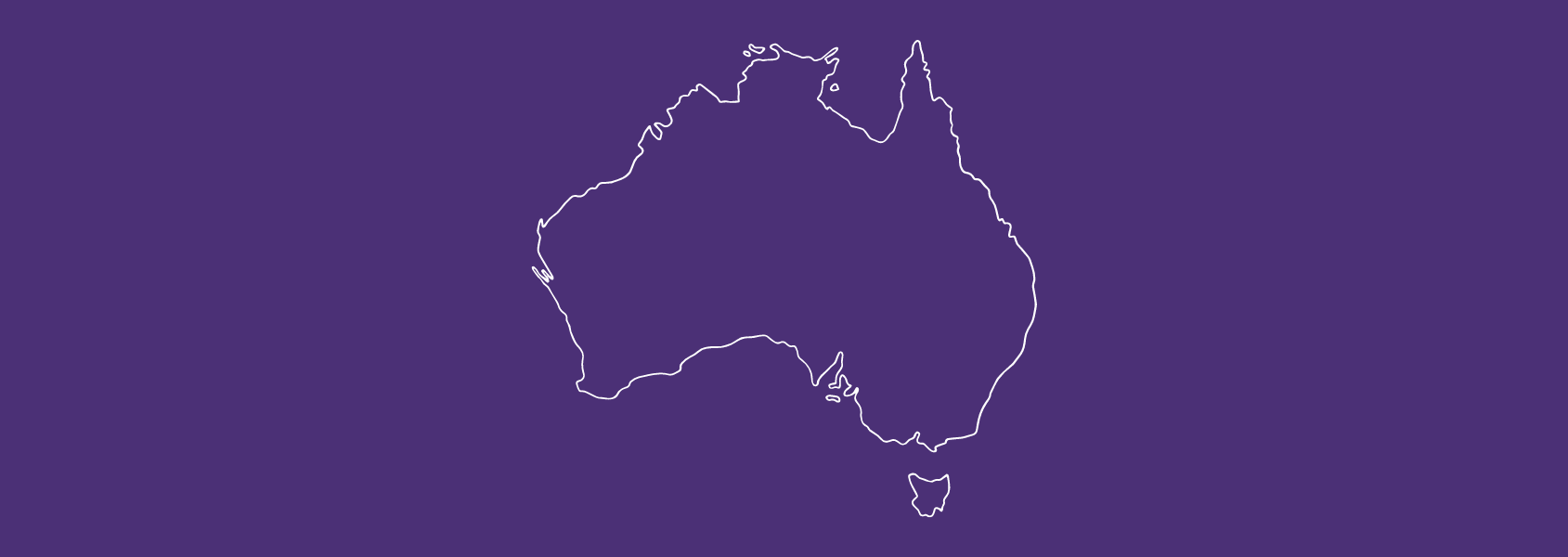The Power of Video Analysis in Squash
In the highly competitive world of sport, athletes and coaches are continually seeking ways to gain an edge on their opponents. Video analysis is a tool that can be tremendously valuable here, and by leveraging the power of video technology, athletes and teams can dissect and understand their gameplay with unprecedented precision, leading to substantial improvements in their skills and overall performance.
In this blog, we will explore the manifold benefits of video analysis for squash players, and why it has become an essential aspect of modern sports training.
The Power of Patience in Training Progression
In the pursuit of athletic excellence, the temptation to push ourselves to the limit can be tempting. Yet, as squash players, we must recognize the importance of patience and gradual progression in our training journeys. This article explores the importance of properly managing an increase in training load, highlighting the potential risks of too rapidly increasing training progressions, and emphasising the importance of building up training gradually over a more prolonged period.
Staying Cool On Court: Strategies to Avoid Overheating for Squash Players
More so than in many other sports, squash players are required to regularly train and compete in very warm conditions. The squash court can be an extremely hot and sweaty place, which leads to overheating, discomfort, and ultimately performance decrement.
There are strategies you can use to help counter this however, and in this article, we’ll explore the science and art behind staying cool during competition.
Pre-Performance Nutrition: Optimal Timings for Squash Players
In the pursuit of peak performance, most squash players understand the importance of proper nutrition in fueling their endeavours. One critical aspect often neglected however, is the timing of pre-exercise meals or snacks. Finding the optimal period to eat before training or matches can significantly impact performance, energy levels, and overall well-being. This article delves into the science behind timing pre-performance nutrition for best results, considering individual variances and highlighting the role of different foods in providing energy for performance.
Top 3 Snack Choices For Recovery Between Matches
In such a dynamic sport as squash, where physical endurance and durability are paramount, players face unique challenges when competing in events consisting of multiple matches on the same day. In these circumstances optimal recovery between matches becomes a crucial aspect of sustaining peak performance – this article suggests three of the best snack foods for players to consume during the critical inter-match recovery periods, focusing on replenishing energy stores, promoting muscle recovery, and ensuring sustained physical and mental performance.
How Breath Training Can Improve Squash Performance
Breath training – often described as the ‘new frontier’ of athletic performance – is becoming increasingly high profile, with many professional athletes such as Erling Haaland and Iga Switek embracing science-backed techniques to improve their performance. In the squash world too, players such as Amanda Sobhy and Victor Crouin are reaping the benefits of incorporating breath training into their routines. But what ARE the benefits of breath training, and how can it improve your performance on court? Read on to find out more and for some practical tips to get you started…
Mastering the Squash Court: My Journey to Improve My Game
Squash is a demanding sport, a relentless battle within four walls where fitness, skill, and mental strength are equally crucial. I quickly learned that mere physical fitness isn’t enough to outmanoeuvre a tactically smart, and more experienced opponent. This realisation led me to SquashSkills, a platform that not only enhanced my squash-specific fitness but also provided insights from top players and coaches. It was here that my squash journey truly started to transform.
Hangovers and Squash Performance
However dedicated you are to your squash and training, most people still like to partake in the occasional late-night social event! The morning-after consequences of a night of revelry can have a significant impact on your squash however – in this blog, we’ll delve into the effects of a hangover on sporting performance, and explore strategies to mitigate its detrimental impact.
Ali Farag on His Mental approach, Life on Tour, and Overcoming Challenges
I recently had the pleasure to sit down with current World Number One, Ali Farag. Ali’s someone I have a huge amount of respect for, and who I always enjoy speaking with, his wisdom goes beyond the squash court and it’s always fascinating to understand more about how he approaches adversity both inside and out of the four walls.
Physiological Changes in Masters Athletes
Ageing is an inevitable process that affects us all, and that applies equally to both active and sedentary individuals. While squash players and other athletes are not exempt from the main physiological changes associated with ageing, maintaining a healthy lifestyle and modifying your training can go some way to buffering certain aspects of the ageing process and help mitigate its effects
In this blog, we’re going to take a look at some of the major physiological changes that are encountered as we age, and see what can be done to best challenge them.
How Does Ageing Affect Your Squash?
Veterans sport is one of the fastest developing participation categories across the world, with an enormous growth in ‘Masters’ competition in a whole range of sports such as athletics, swimming, and cycling.
Mastering Masters Squash
“It isn’t possible to play better squash at 55, than at 35, right?” WRONG! It is certainly possible, and in fact, very likely if you focus on a few key factors. Read on to learn what they are, and what you can do to keep improving as you get older.
3 Key Training Tips For Masters Squash Players
Squash is an extremely fast-paced, high-energy sport, which can place a great deal of strain on the body. This short, intense nature coupled with the frequent twists, turns, and lunges of a rally, makes it a game that can unfortunately present quite a high injury risk.
This risk is typically greater for the older player, whose body has more mileage on the clock than their younger counterparts. For this reason, it’s crucially important that veteran players are more diligent and conscientious in their training to help keep them off the physio’s bed, and on the squash court.
Breathing During Play/Competition
Heightening your awareness of your breathing is key! We need to rely way more on nose breathing rather than mouth breathing.
The Myth of the ‘Slow Starter’
It’s an oft-heard lament of players, that they’re a ‘slow starter’ and are never able to get going right off the bat in their matches. There’s no real physiological reason why slow starting should be a thing however, if a proper pre-match routine is constructed and adhered to.
Trying vs Effort – The Key To Unlocking Your Full Potential
It may not seem much, but there is a vast difference between trying and effort. The two words sound similar and are often interchangeable in sporting contexts and conversations.
But I will argue they are not, and my hope by the end of the blog would be for you to understand the difference between the two words, and ultimately become aware if you are merely trying, or, putting in full effort. And when understood, use this as the key to unlocking your full potential.
Breathing for Sports Performance
Hello, my name is Alexia Clonda.
I am a Breathing, Mindset and Spiritual Coach, Buteyko Breathing Technique Teacher, ThetaHealing Teacher and High-Performance Consultant Squash Coach.
Accessing A Flow State
Flow can be seen and described as an expression of what you currently know how to do. There is a match and symmetry between your skillset and the challenge that is in front of you.
Match or Event Preparation
I often get asked for the best advice to give players right before a big match or event. The first thing to say is that there is very little physically you should do so close to the big match. You need to trust in what you have done in the previous months and even years. Thinking and praying for a short-term solution will only serve to damage you and likely only serve to add a heavy burden to your mind.
SquashLevels Officially Launched In Australia
The world’s most advanced squash rating system, SquashLevels, has teamed up with Squash Australia (SQA) to bring the national squash-playing community together.

